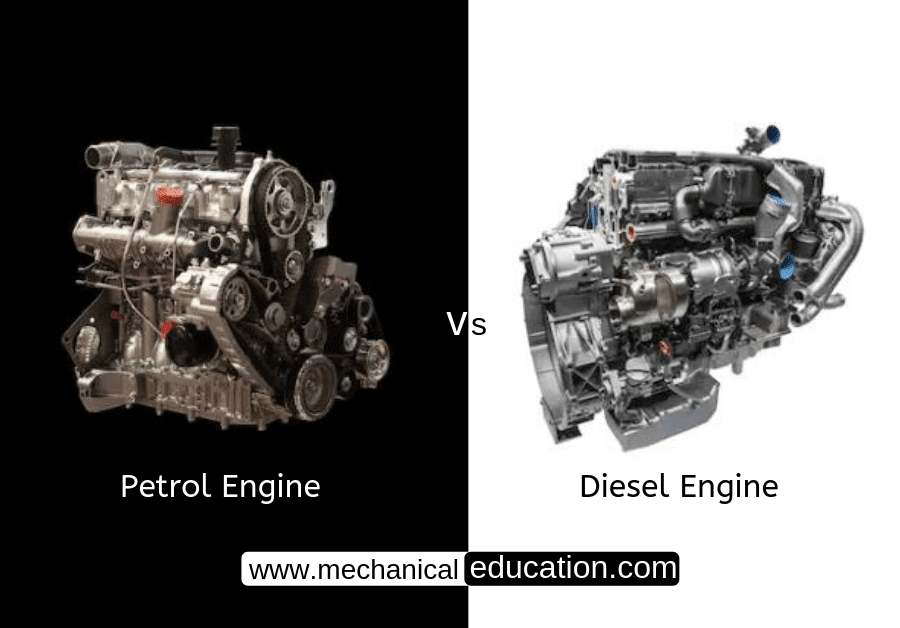Laser beam machining (LBM) is a non-traditional machining process that uses a highly focused laser beam to remove material from a workpiece. Here are some applications of laser beam machining:
- Aerospace: LBM is used in the aerospace industry to drill small, precise holes in materials such as titanium, aluminum, and composite materials for various aerospace components.
- Medical: LBM is used in the medical industry to produce complex shapes in materials such as stainless steel and titanium for medical implants and instruments.
- Electronics: LBM is used in the electronics industry to cut and drill printed circuit boards and to produce small, precise components such as sensors and micro-electromechanical systems (MEMS).
- Automotive: LBM is used in the automotive industry to cut and drill complex shapes in materials such as aluminum and steel for engine components and gears.
- Jewelry making: LBM is used in the jewelry making industry to cut and engrave designs in precious metals and gemstones.
- Art and sculpture: LBM is used by artists and sculptors to create intricate designs and patterns in various materials, including metal, wood, and stone.
Overall, LBM is a highly precise and versatile machining process that can be used in a wide range of industries and applications where high accuracy and complex shapes are required.
Frequently Asked Questions
1. What is laser beam machining (LBM), and how does it differ from other machining techniques?
Laser beam machining (LBM) is a non-conventional machining process that utilizes a focused laser beam for material removal. It differs from traditional machining methods as it does not involve physical tool contact with the workpiece.
2. Where is laser beam machining commonly applied in industrial settings?
LBM finds applications in various industries, including aerospace, electronics, medical device manufacturing, and automotive, for precision cutting, drilling, and engraving of materials like metals, ceramics, and polymers.
3. What are the advantages of using laser beam machining for material processing?
Advantages include high precision, minimal thermal damage to surrounding material, the ability to process a wide range of materials, and the capability to produce intricate shapes and features.
4. How does the power density of the laser beam impact material removal in laser beam machining?
The power density determines the intensity of the laser beam. Higher power density results in faster material removal and is crucial for achieving efficient machining rates in laser beam machining.
5. Can laser beam machining be used for micromachining and producing small features?
Yes, laser beam machining is well-suited for micromachining applications. The focused laser beam allows for precision in producing small features and intricate details on a microscopic scale.
6. What types of lasers are commonly used in laser beam machining, and how do they differ in their applications?
Common lasers used in LBM include CO2 lasers, Nd:YAG lasers, and fiber lasers. CO2 lasers are suitable for non-metallic materials, while Nd:YAG and fiber lasers are preferred for metal cutting and welding applications.
7. How is the depth of cut controlled in laser beam machining, and what factors influence it?
The depth of cut in LBM is controlled by adjusting the laser power, beam diameter, and scanning speed. Factors influencing depth of cut include material properties, laser parameters, and the desired machining outcome.
8. Is laser beam machining suitable for both cutting and surface modification of materials?
Yes, laser beam machining is versatile and can be used for cutting, drilling, welding, and surface modification. Its adaptability makes it suitable for various applications in material processing.
9. What safety precautions should be taken when using laser beam machining systems?
Safety precautions include wearing appropriate protective eyewear, ensuring proper ventilation, and following safety guidelines for laser operation. Operators must be trained to handle laser equipment safely.
10. Can laser beam machining be used for non-metallic materials, and what are some examples?
Yes, laser beam machining is used for non-metallic materials such as plastics, ceramics, and composites. Applications include cutting, engraving, and drilling in industries like electronics and packaging.




